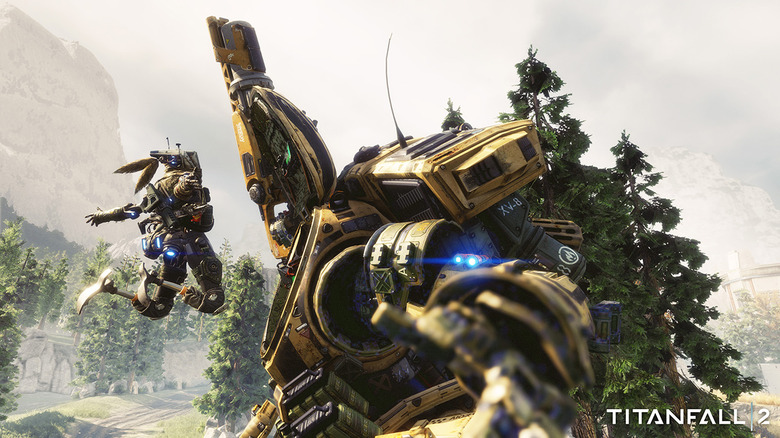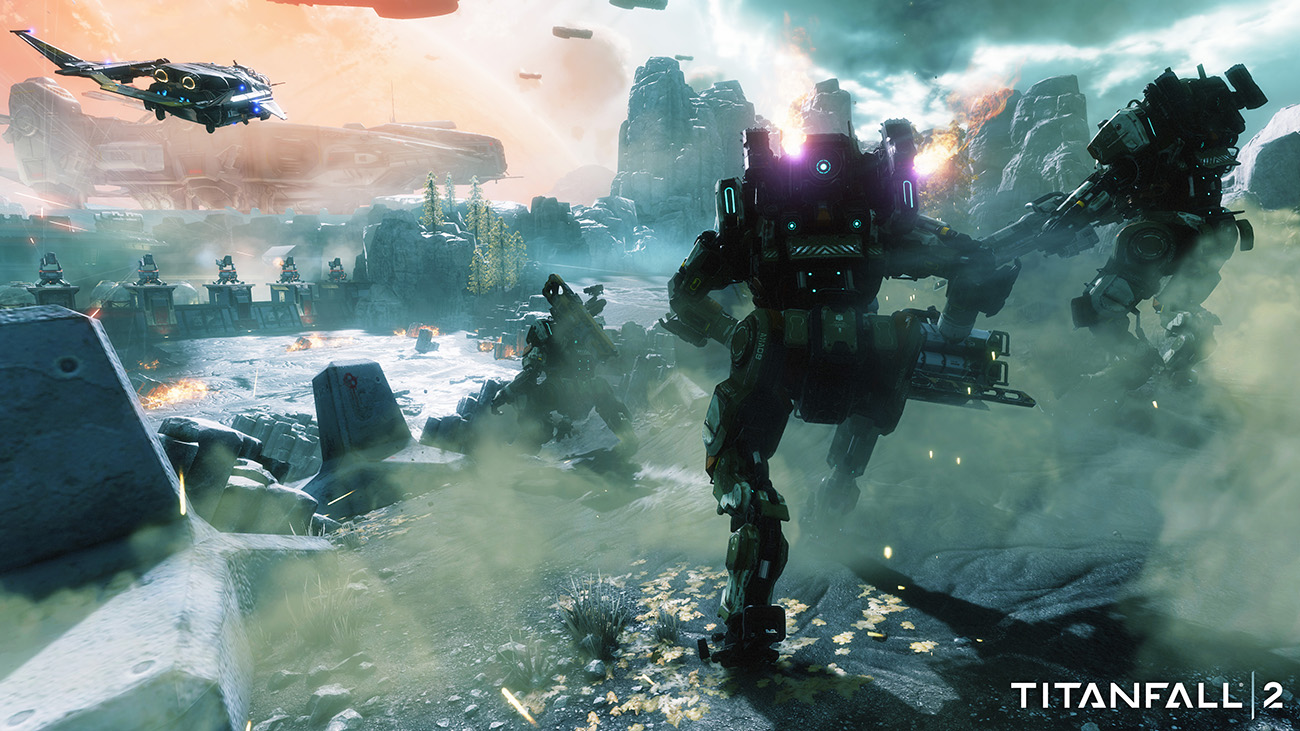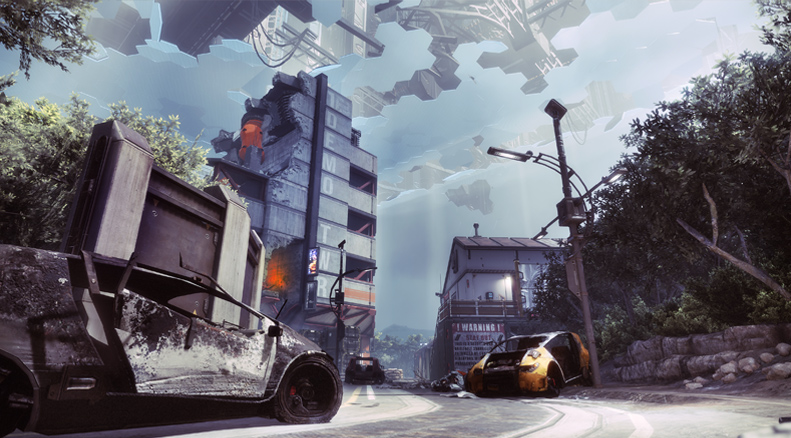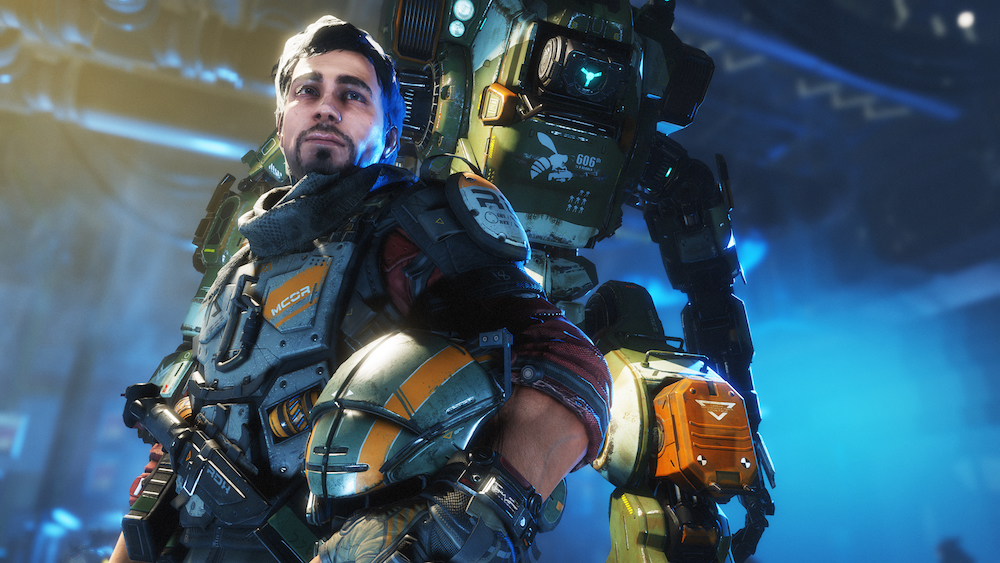'Titanfall 2' Could Resuscitate A Franchise That Deserves Another Chance
I hold to this day that Titanfall is the most dynamic, kinetic, entertaining and engaging first-person shooter of this generation. Unfortunately, we've become so accustomed to the carrot-on-a-stick multiplayer that Call of Duty and Battlefield have mastered that the lack of concrete rewards tainted Titanfall.
It didn't matter that the game was fun — we wanted a single-player campaign, we wanted an addictive progression system and we didn't get either. So within months, the player base had shrunk to a tiny fraction of its original size.
DON'T MISS: You could earn a living playing Pokemon Go
Respawn Entertainment isn't going to make the same mistakes twice.
Earlier this year, Respawn announced that Titanfall 2 was in development for Xbox One as well as PS4 and PC. A few months later, we got our first glimpse of the game at E3 2016, where Respawn revealed that the sequel would feature a single-player campaign. Now, for the past two weekend, gamers around the world have had a chance to play the game in two "tech test" weekends that allowed Respawn to test the server stability and give players a chance to provide input.
And provide they did.
Although I didn't have a chance to participate in the first tech test, the reaction was both swift and surprisingly lukewarm. Somehow, Respawn had managed to fix what wasn't broken: Pilots moved slower, Titans were harder to kill and the passive Titan meter had been inexplicably eliminated.
All of this was fixed by the second tech test, which is when I jumped in. At first blush, the differences are subtle, but meaningful — Burn Cards have been eliminated, there are new Pilot and Titan archetypes to choose from, there's a new mode called Bounty Hunt and the progression system has been overhauled.
Thankfully, the core gameplay remains mostly unchanged. There's still no feeling in the genre more satisfying than leaping into your Titan seconds before an enemy takes you out, turning around and punching him into dust.
Furthermore, the traversal mechanics are just as riveting as they were two and a half years ago. Some other first-person shooters have attempted to cop Titanfall's breakneck pace, but no one has managed to perfectly replicate it. Running on walls, clambering over ledges, ejecting from Titans, sliding through cracks in the walls — it's exhilarating to play even when you aren't being shot at.
But you can go back and read hundreds of Titanfall reviews that say the same thing. Let's discuss some of the changes that make Titanfall 2 a sequel, rather than a glorified expansion pack with new maps and modes.
Perhaps the most important alteration (despite the fact that it doesn't have any real impact on gameplay) is the updated progression system.
When you finish a match in Titanfall 2, you receive merits based on your performance. You automatically get one merit for completing the match, another merit for winning and then various merits for your performance and any weapons or Titans you might have leveled up during the course of playing the match.
It's a simple change, but a meaningful one, and seeing the progress I was making after each and every match actually made me want to jump back in for "just one more" time after time. The addictive nature of an online FPS revolves around leveling up and unlocking new toys to play with, something Titanfall wasn't very good at. In Titanfall 2, I was unlocking a new scope, a new Titan modification or a new weapons after nearly every match. The carrots never stopped.
The other major change was the shift toward classes. Although Titanfall had Pilot classes and different Titan to choose from, you could basically mix and match any weapons and abilities you liked once you unlocked custom Pilots. In Titanfall 2, the classes are a bit more distinct, each with their own unique abilities.
The class that has gotten the most attention is (unsurprisingly) the one with the grappling hook. Not only can you use the grappling hook to reach rooftops that would be otherwise inaccessible, you can also use it to grapple on to an enemy Titan from a reasonable distance so that you're less likely to be squished.
There were only two Titans available in the Tech Test, but they also felt tactically different on the field of combat. Ion relies on laser cannons while Scorch prefers to set the world on fire with its flamethrower. Both have strengths and weaknesses, but it only took me a few matches to realize that Scorch was the Titan for me.
Having only played through a few maps with a fraction of the available weaponry, it's hard to judge Titanfall 2 as a whole. These online-focused games live or die based on the amount of variety present in the game at launch and over time through expansions and updates, so it could be months before we know whether or not Titanfall 2 can last any longer than its predecessor.
That said, it's easily my most anticipated FPS of 2016.



